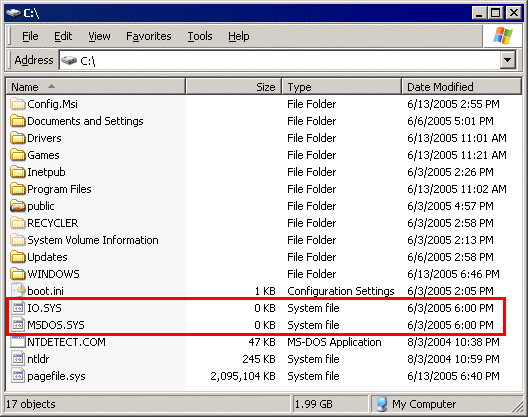security
Nasty Software Hacks and Intel’s CPUID
We were discussing nasty software hacks today at lunch. The worst hacks are always in software, but those software hacks have an insidious tendency to seep into the hardware, too. I was reminded of Intel’s infamous CPUID hack: Prior to the Pentium, software had to jump through elaborate loops


